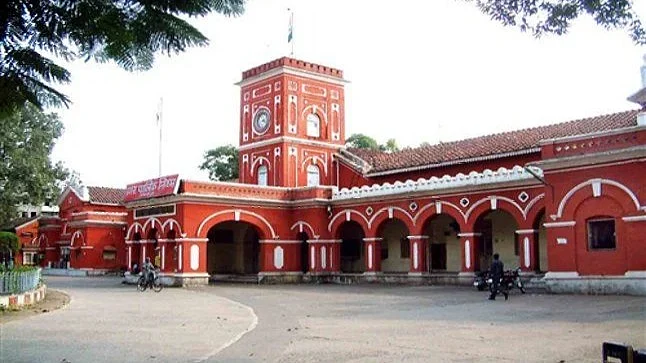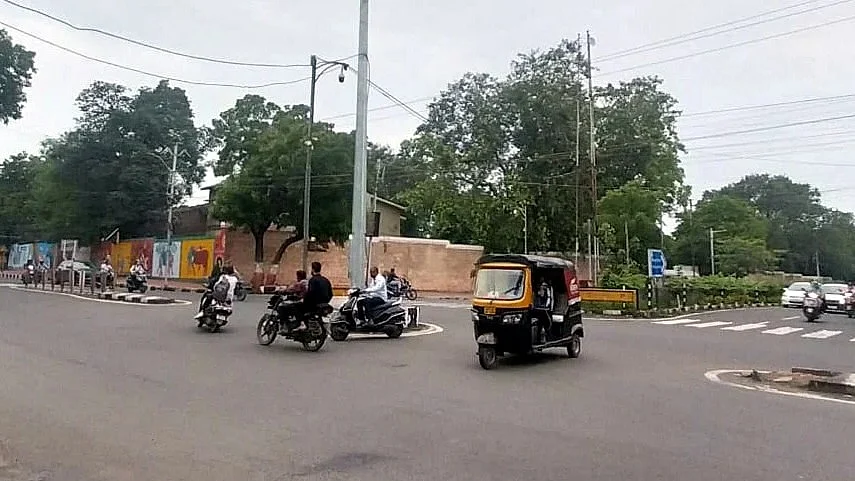Bhopal (Madhya Pradesh): The Bhopal Municipal Corporation (BMC) is set to develop ‘oxygen parks’ in various parts of the city under the National Clean Air Programme (NCAP), an initiative by the Union Ministry of Environment, Forest and Climate Change aimed at improving urban greenery and combating rising air pollution levels.
These parks are designed to contain approximately 50,000 to 70,000 trees and plants in each location, with larger spaces expected to accommodate double the number. The dense green cover will serve as a natural air purifier, consistently supplying oxygen and enhancing environmental quality and public health.
According to Executive Engineer Pramod Malviya, existing parks may be converted into ‘oxygen parks’ to save both time and implementation costs, with the project expected to begin before themonsoon season. The identification of suitable locations is currently underway.
Bhopal is one of seven cities in Madhya Pradesh — including Indore, Jabalpur, Gwalior, Sagar, Satna and Ujjain — selected for this initiative. Similar projects already implemented in Gujarat and Rajasthan have shown positive outcomes in air quality and public well-being.
No definition
Professor Vipin Vyas of the Environment Department at Barkatullah University clarified that there is no formal scientific definition for an "Oxygen Park". However, the core concept involves planting species known to release oxygen even at night, such as Neem, Lavender,Peepal tree, and Tulsi, to maximise health and environmental benefits.
A necessity
BD Bhumkar, Deputy Director of Urban Administration and Development, said that Oxygen parks have become a necessity due to rising pollution and worsening public health. He said that following the successful model launched in Ahmedabad, the government aims to expand the initiative across more cities in the state.
Key Features
Incorporation of clean technologies and hybrid green energy systems for lighting and equipment.
Implementation of water-saving techniques to nurture fast-growing, oxygen-rich tree species.
Installation of 24/7 pollution control systems to maintain a healthy Air Quality Index (AQI) in the surrounding area.
Integration of revenue-generating amenities such as yoga centres, amphitheaters and cultural spaces to ensure sustainability and promote community engagement and awareness.












